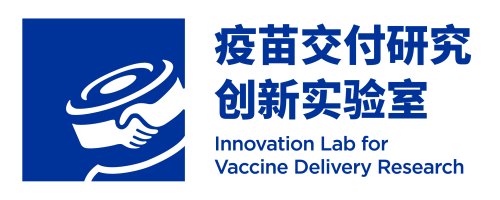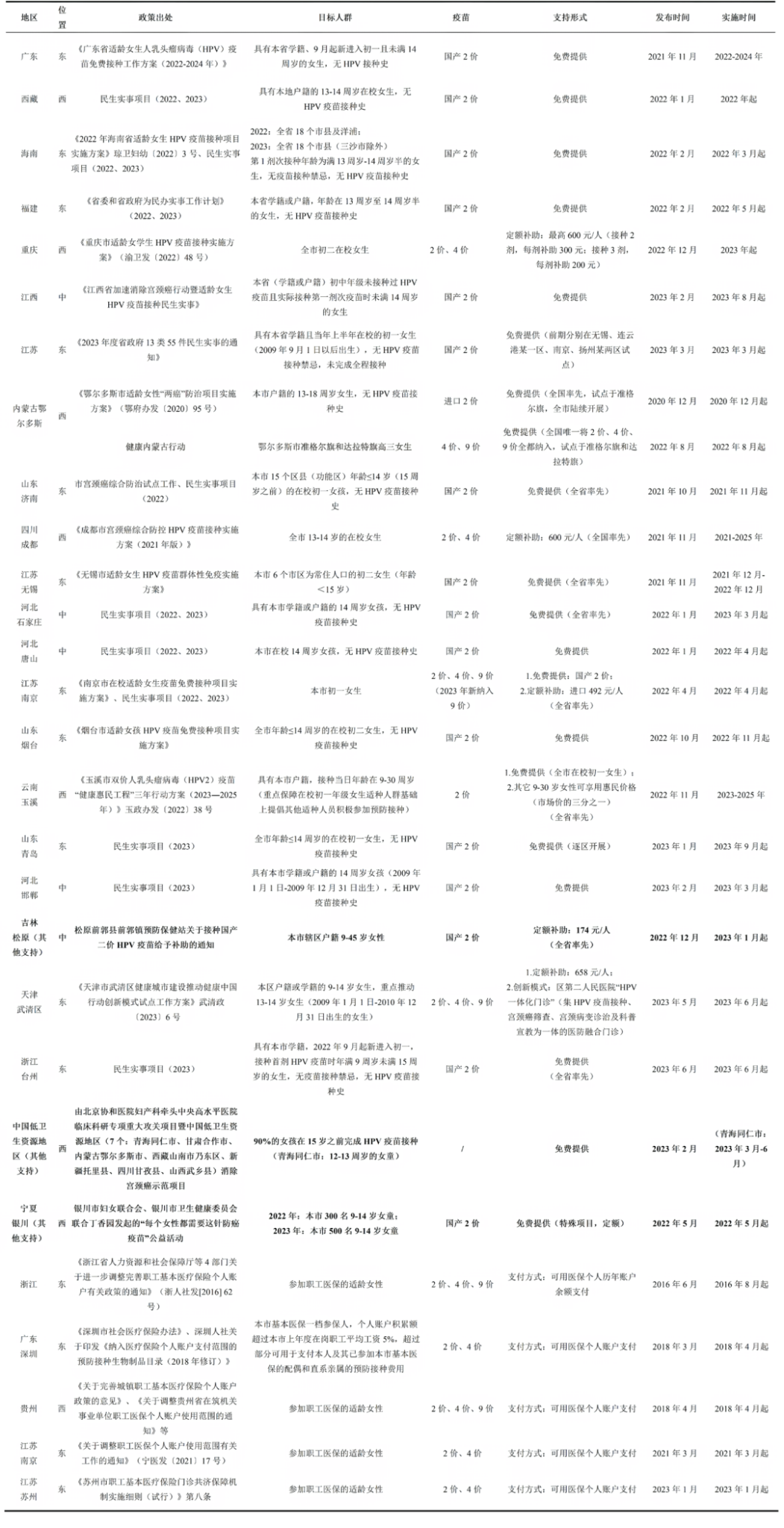截至2023年,柬埔寨总人口为1694万,其中74%居住在农村地区。2023年柬埔寨人均国内生产总值(GDP)为1875.1美元[1]。自2015年起,柬埔寨为中等偏下收入国家[2]。柬埔寨于2012年启动结束外部资助的过渡准备[2]。2022年5岁以下儿童死亡率为每千名活产儿23.7例,显著低于中等偏下收入国家的平均水平(每千名活产儿中44.2例)[1]。2021年卫生总支出占GDP的比重为7.53%,其中个人卫生支出(OOP)占总卫生支出的近50%[1]。截至2017年12月,仅约31%的柬埔寨公民被两项社会健康保险计划所覆盖[4]。
国家免疫规划体系概述
柬埔寨于1986年启动国家免疫规划(NIP)[5],目前在全国范围内覆盖预防12种儿童疾病的9种疫苗(表A)[6]。最新纳入的疫苗为2023年10月引入的二价人乳头瘤病毒疫苗(2vHPV)[7]。在Gavi及其他外部资助的支持下,过去五年中,DTP第一剂(DTPCV1)和第三剂(DTPCV3)疫苗接种覆盖率始终高于90%和85%[8],高于世界卫生组织设定的相关标准(表B),疫苗接种中途脱漏率控制在10%以内。覆盖率得以保持的因素包括自2003年起实施的“覆盖每一区”战略(RED)、绩效导向的人员薪酬机制、以及卫生系统的不断强化等[9]。然而,麻疹疫苗第二剂(MCV2)与DTPCV3之间的接种率差异始终超过10个百分点,反映出在服务利用或系统运行方面仍存在障碍。尽管国家层面已实现较高覆盖率,地区差异依然明显,尤以东部地区最为突出[9][10]。既有研究指出,造成疫苗接种不平等的主要因素是儿童母亲的社会经济地位及受教育水平,而非城乡差异[9][10]。
表A. 柬埔寨国家免疫规划程序 (截至2024年10月)
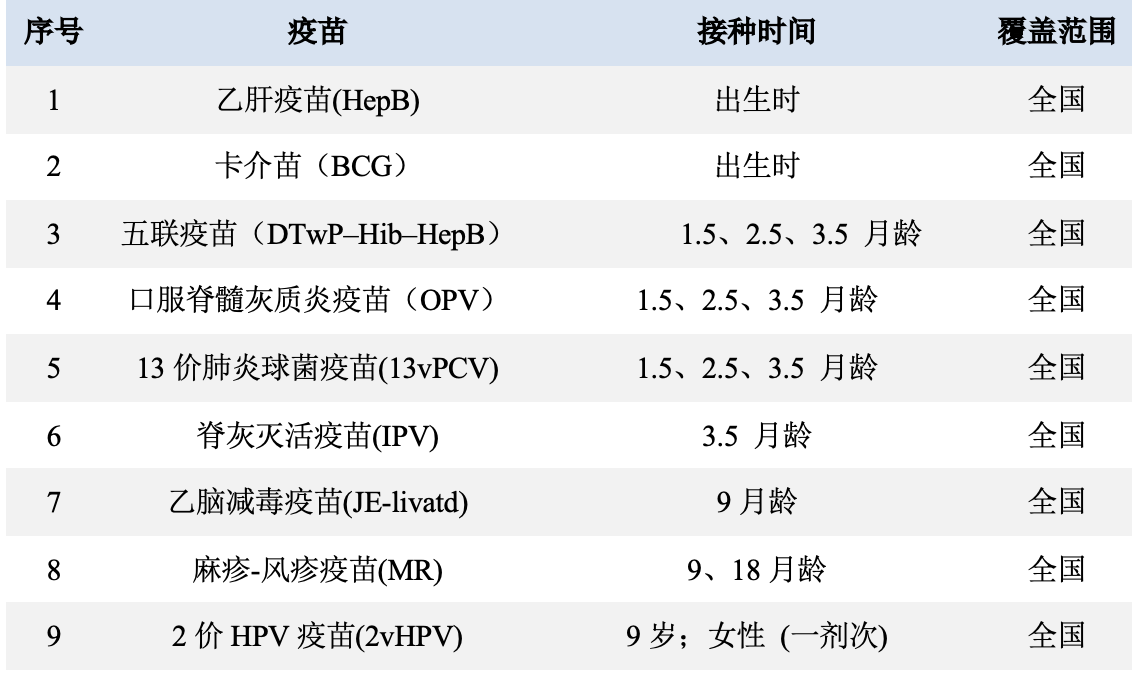
表B. 柬埔寨免疫覆盖率与WHO建议值对比(2019–2023年)
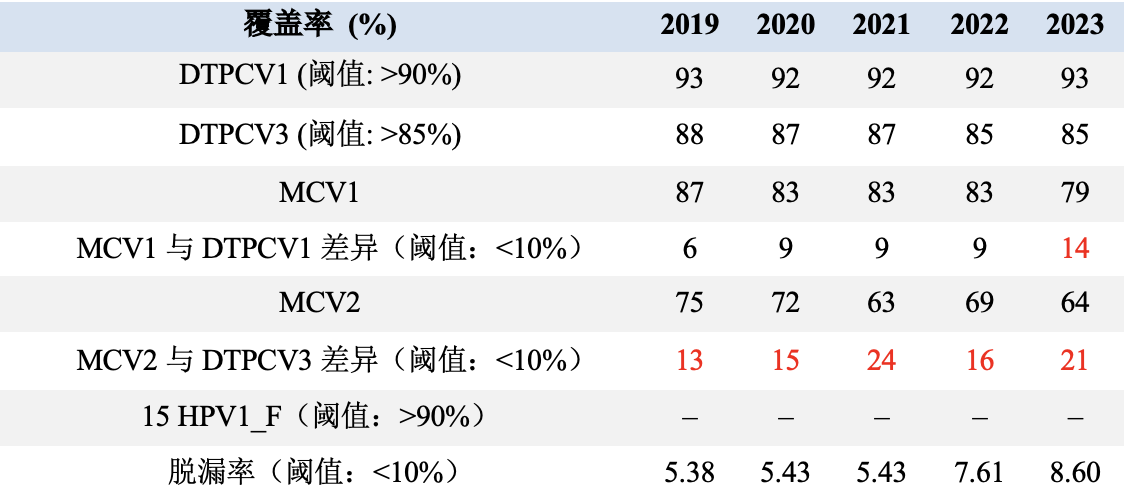
数据来源: WHO免疫数据库 (https://immunizationdata.who.int/global?topic=Vaccination-coverage&location=). 所有数据均来自世界卫生组织/联合国儿童基金会国家免疫覆盖估算(WUENIC)。
1)组织架构 [11]
柬埔寨将国家免疫规划纳入整体卫生系统规划之中。国家层面设有技术工作组,在尚未设立国家免疫技术咨询委员会(NITAG)的情况下,负责战略性地识别、实施和监督免疫管理中的重点优先事项。该技术工作组还负责协调国家和国际资源,以实现资源配置的最大效率与影响力。其成员包括财政部、卫生部(MoH)、发展伙伴及国际捐助方的代表。该技术工作组不直接参与免疫项目的具体执行工作,实际操作由卫生部负责。在地方层面,国家免疫规划办公室定期与省级和地区级卫生主管开展年度和中期评估会议,以加强上下协调与项目监督。
2) 筹资机制
柬埔寨的国家免疫规划主要依赖外部援助资金,外部资助在常规免疫支出中的占比超过70%[12]。近年来,政府对免疫支出的贡献占比为20%至30%,其余少部分来自个人卫生支出(OOP)[12,13]。2015年至2019年期间,政府在常规免疫支出中的占比稳步上升,从19%增至29%,体现出政府对免疫项目的政治承诺以及对逐步过渡的准备[12]。在用户付费方面,大多数从公立机构获得免费疫苗的私立医疗机构会收取接种服务费[14]。
3) 服务提供
柬埔寨国家免疫规划的服务主要通过基层卫生中心在全国13,000个村庄开展外展服务来实现[15]。柬埔寨较早为所有免疫接种引入了自毁式注射器,在所有卫生中心配备了燃气驱动的冰箱,并在大多数卫生区安装了医疗废弃物焚烧系统[16]。私立部门在免疫服务中发挥着重要作用,这在质量控制与资源协调方面既带来机遇,也带来挑战[11]。例如,研究指出私立机构在卫生工作者知识水平、疫苗运输与储存、废弃物管理,以及公私部门间信息交流方面存在重要质量问题[14]。在公立部门,卫生工作人员的薪资长期偏低,持续影响其工作积极性和绩效表现[10]。
4) 监测与信息系统
柬埔寨目前正在使用国家卫生信息系统(HIS)来收集来自各级公立医疗机构的常规卫生服务活动数据和健康问题[15]。疫苗接种覆盖率数据在卫生中心、地区和省级层面进行汇总,但在微观层面上尚无相关监测与数据分析,难以识别免疫服务覆盖不足的区域[11]。近年来,借鉴新冠疫情期间数字化工具的应用经验,尤其是用于疫苗登记的移动应用程序,柬埔寨开始推动将现行纸质报告系统数字化[16]。
在疫苗接种后不良事件(AEFI)监测方面,柬埔寨自2017年起在国家层面部署了由国际疫苗研究所(IVI)开发、并在世界卫生组织支持下推广的“疫苗不良事件信息监测系统”(VAEIMS)[17]。此外,柬埔寨还设有国家药物警戒中心[18]。2012年,柬埔寨曾在城市地区开展过一项利用短信(SMS)进行药物不良反应主动监测的试点研究,结果显示其在城市环境中具有可行性和实用性[19]。
编译整理:邓天怡
审核校对:张馨予
排版编辑:刘子祺
参考文献
[1] World Bank. World Bank Open Data. https://data.worldbank.org/ (accessed 10 October 2024).
[2] World Bank. The World Bank In Cambodia: Overview. https://www.worldbank.org/en/country/cambodia/overview (accessed 22 February 22 2024).
[3] Wallace AS, Krey K, Hustedt J, et al. Assessment of vaccine wastage rates, missed opportunities, and related knowledge, attitudes and practices during introduction of a second dose of measles-containing vaccine into Cambodia’s national immunization program. Vaccine 2018; 36(30): 4517-24.
[4] Nakamura H, Amimo F, Yi S, et al. Implementing a sustainable health insurance system in Cambodia: a study protocol for developing and validating an efficient household income-level assessment model for equitable premium collection. International journal for equity in health 2020; 19(1): 17.
[5] National Maternal and Child Health Center (NMCHC) of Cambodia. National Immunization Programme (NIP). https://nmchc.gov.kh/en/training/national-immunization-programme-nip/ (accessed 22 February 2024).
[6] World Health Organization. Vaccination schedule for Cambodia. https://immunizationdata.who.int/global?topic=Vaccination-schedule&location=KHM (accessed 07 October 2024).
[7] United Nations International Children’s Emergency Fund. Life-saving HPV vaccine introduced nationwide into routine immunization schedule to prevent cervical cancer in Cambodia. 05 October 2023. https://www.unicef.org/cambodia/press-releases/life-saving-hpv-vaccine-introduced-nationwide-routine-immunization-schedule-prevent (accessed 28 January 2024).
[8] World Health Organization. Immunization data. https://immunizationdata.who.int/global?topic=&location= (accessed 30 September 2024).
[9] Chan Soeung S, Grundy J, Duncan R, Thor R, Bilous JB. From reaching every district to reaching every community: analysis and response to the challenge of equity in immunization in Cambodia.Health Policy Plan 2013; 28(5): 526-35.
[10] Zhao Y, Mak J, de Broucker G, Patenaude B. Multivariate Assessment of Vaccine Equity in Cambodia: A Longitudinal VERSE Tool Case Study Using Demographic and Health Survey 2004, 2010, and 2014. Vaccines (Basel) 2023; 11(4).
[11] Soeung S, Grundy J, Kamara L, McArthur A, Samnang C. Developments in immunization planning in Cambodia–rethinking the culture and organization of national program planning. Rural Remote Health 2007; 7(2): 630.
[12] World Health Organization. Immunization expenditure. https://immunizationdata.who.int/global/wiise-detail-page/immunization-expenditure?ISO_3_CODE=&YEAR= (accessed 29 January 2024).
[13] Ikilezi G, Micah AE, Bachmeier SD, et al. Estimating total spending by source of funding on routine and supplementary immunisation activities in low-income and middle-income countries, 2000-17: a financial modelling study. Lancet 2021; 398(10314): 1875-93.
[14] Soeung SC, Grundy J, Morn C, Samnang C. Evaluation of immunization knowledge, practices, and service-delivery in the private sector in Cambodia. J Health Popul Nutr 2008; 26(1): 95-104.
[15] Department of Planning and Health Information. Health Information System Strategic Plan 2008-2015. August 2008. https://extranet.who.int/countryplanningcycles/sites/default/files/planning_cycle_repository/cambodia/hissp_eng.pdf (accessed 23 May 2024).
[16] United Nations International Children’s Emergency Fund. Building a roadmap for digital health and immunization investments in Cambodia. 24 March 2023. https://www.unicef.org/eap/stories/building-roadmap-digital-health-and-immunization-investments-cambodia (accessed 29 January 2024).
[17] International Vaccine Institute. IVI and Cambodia. https://www.ivi.int/who-we-are/ivi-and-cambodia/ (accessed 29 January 2024).
[18] Suwankesawong W, Dhippayom T, Tan-Koi WC, Kongkaew C. Pharmacovigilance activities in ASEAN countries.Pharmacoepidemiol Drug Saf 2016; 25(9): 1061-9.
[19] Baron S, Goutard F, Nguon K, Tarantola A. Use of a text message-based pharmacovigilance tool in Cambodia: pilot study. J Med Internet Res 2013; 15(4): e68.
